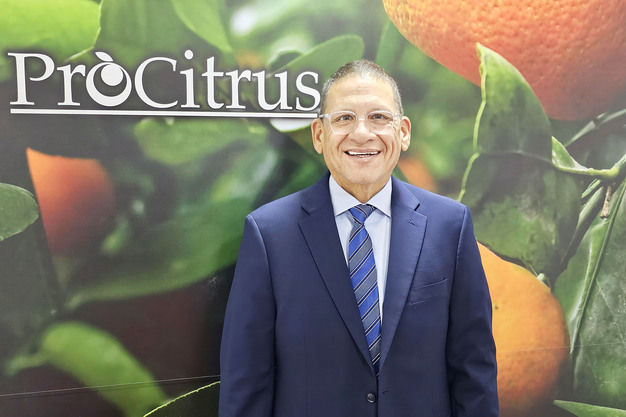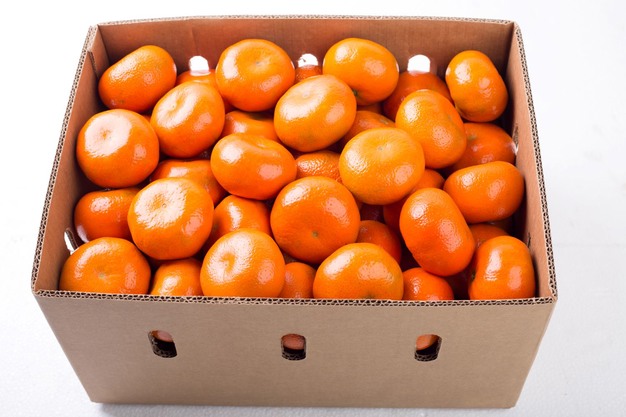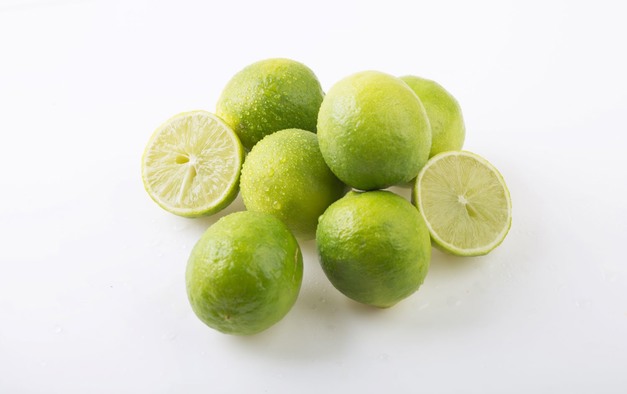Around 1998, when most of Peru's agro-exporting associations were formed, the Andean country's fruit and vegetable shipments abroad were basically limited to asparagus and mangoes, complemented by some volumes of grapes, avocados and citrus fruits. This was also the year in which ProCitrus, a non-profit association of citrus fruit producers and packers, was founded; an organization of which Sergio del Castillo Valderrama is currently CEO.

"We are more focused on cultivation than on the market, organizing training sessions for the growers and promoting research into crop protection and varietal innovation. We also act as interlocutor with governmental institutions and other associations. We seek efficiency in production methods to obtain first-class products at minimum cost. To this end, ProCitrus has several agronomists on its staff," says Sergio del Castillo.
Information exchange
Although its focus is not on market research, ProCitrus publishes its export figures every week. "We exchange information on production prospects with the other major producing countries in the Southern Hemisphere, such as Chile and South Africa, and in April we provide the World Citrus Organization a forecast of the volumes to be harvested in the new season, which in our case runs from April to September," says the CEO of ProCitrus.
As far as the training of producers is concerned, in July the association will organize an international seminar on lime cultivation, to which agronomists from key producing countries such as Spain, Mexico and Brazil will be invited. "One of the topics to be discussed will be the impact of Huanglongbing on the citrus sector and how to combat this disease. Just like in the case of citrus canker, the Peruvian production is free from Huanglongbing; however, our sector still wants to arm itself with knowledge about any possible threat to the crop," says Sergio del Castillo.

The sector recovers from last year's poor results
Last year's high temperatures took a toll on the flowering of citrus trees, which resulted in a drop of around 6% in both production and exports, but the Peruvian citrus sector expects to recover this year. A total of 280,000 tons will be exported to foreign destinations; that is, around 220,000 tons of mandarins, clementines and tangelos, around 30,000 tons of limes, 25,000 tons of Valencia oranges (most of which are intended for the local market) and around 2,000 tons of grapefruit. "In addition to a recovery of the volume of previous years, the citrus fruits will also hit the markets in a more staggered manner, since we started harvesting the fruit a month earlier and we will finish the season a month later than usual," says Sergio del Castillo.
Organic lemon cultivation on the rise
"In recent years, an Argentinian company has ventured into the cultivation of organic lemons. Although Argentina has a huge lemon production, they are grown with conventional methods, as the use of phytosanitary products is necessary to combat various diseases. However, in the Olmos district, which has a rich soil, an arid climate and high quality water, organic fruit production is a great asset. The goal is to open up many markets for this new Peruvian citrus fruit, such as Brazil, the United States, China, Chile, South Korea, Japan and Malaysia. When negotiations were carried out to grant mandarins and other citrus access to different markets, lemons were still not included in the protocols."

Competition from South Africa and Chile
Peru harvests its mandarins from April to September, and one of its competitors in the international market is South Africa. "In the last ten years, South Africa has planted a lot of mandarins, but also lemon trees. Peru's advantage, however, is that we can start marketing earlier and the distance separating us from our main market, the United States, is shorter. In fact, Chile is a bigger competitor for us in North America, as its citrus has better coloring, although the Peruvian supply is superior when it comes to calibers."
4th largest citrus grower in the Southern Hemisphere
It is worth noting that Peru is the fourth largest citrus producer in the Southern Hemisphere, with a total production of around 1.7 million tons. In 2022, the production of limes and lemons stood at 344,265 tons, that of oranges at 591,187 tons, and that of small citrus at 638,844 tons, according to data published by the FAO. "In other words, only 15% of the citrus produced in Peru is exported; the vast majority is sold on the domestic market. To increase the share of exports, we have to continue innovating, not only in modern varieties of superior organoleptic quality and higher productivity, but also in advanced agronomic management. In any case, there have been huge technical advances in cultivation over the last twenty years. In 2004, when I started working at ProCitrus, 90% of citrus growers were using blanket irrigation. Today, 90% have drip irrigation systems," says the CEO of this agro-exporting association.

For more information:
Sergio del Castillo Valderrama (CEO)
ProCitrus
Av. Nicolas Arriola 314 Of. 903
Lima 15034 - Peru
Tel.: +51 1 226 1952
sdelcastillo@procitrus.org
www.procitrus.org
